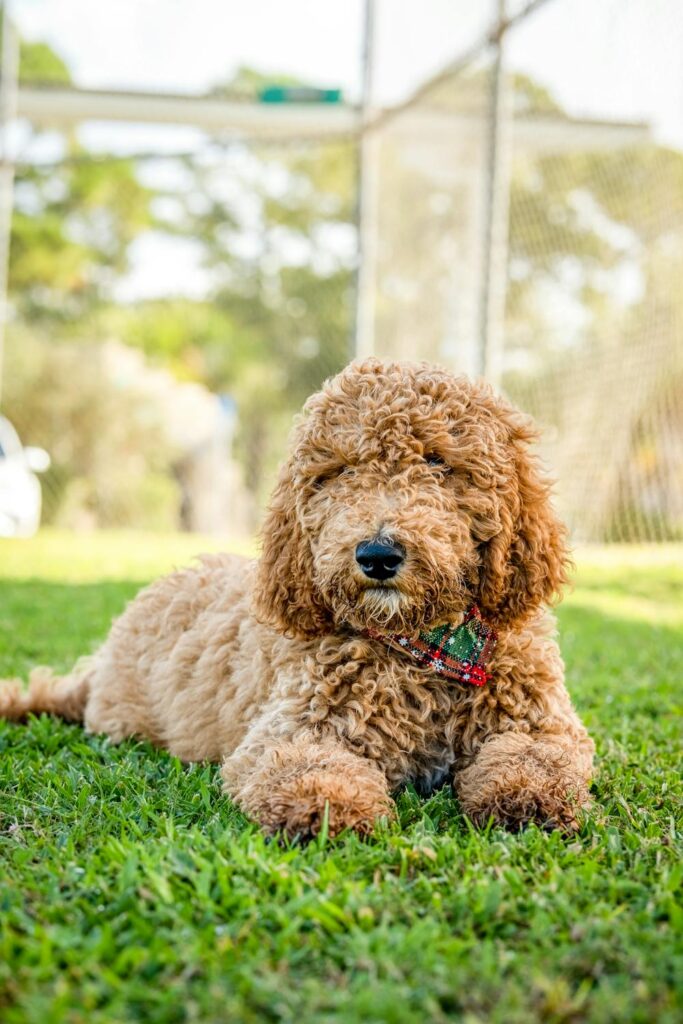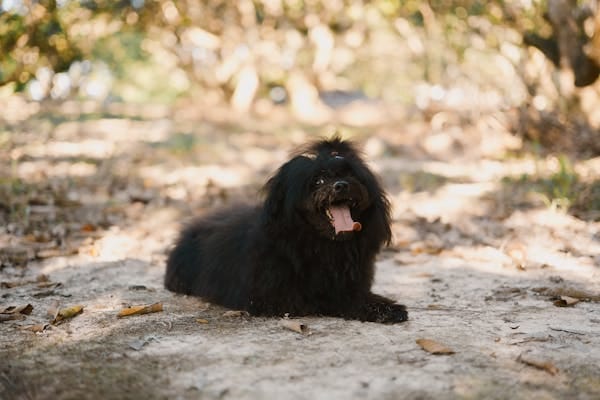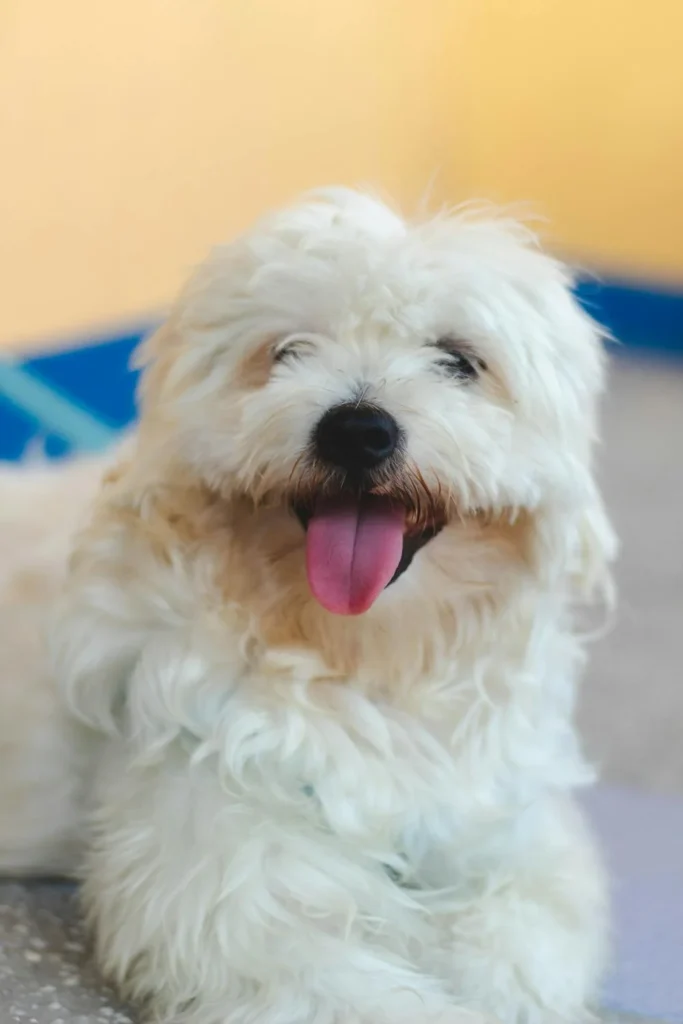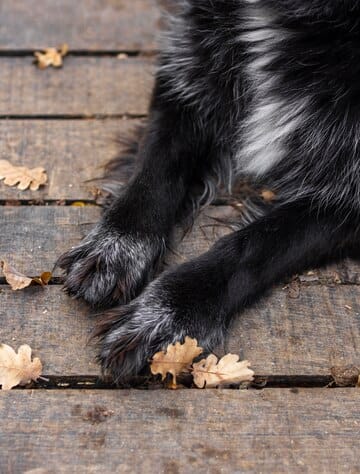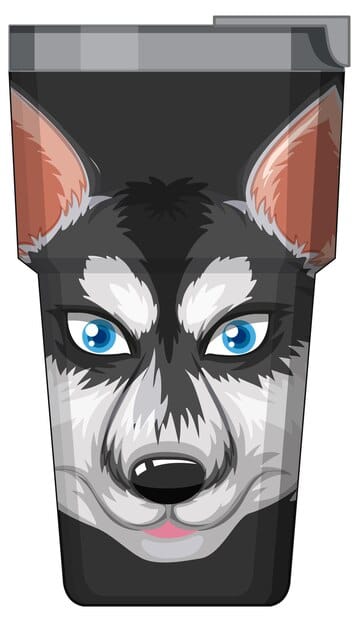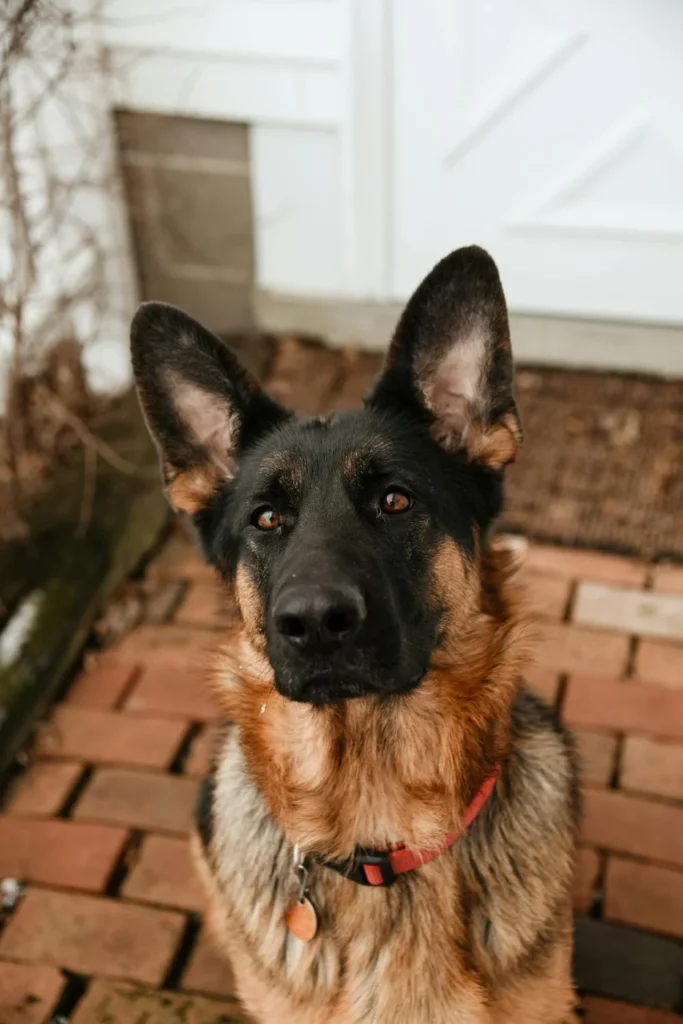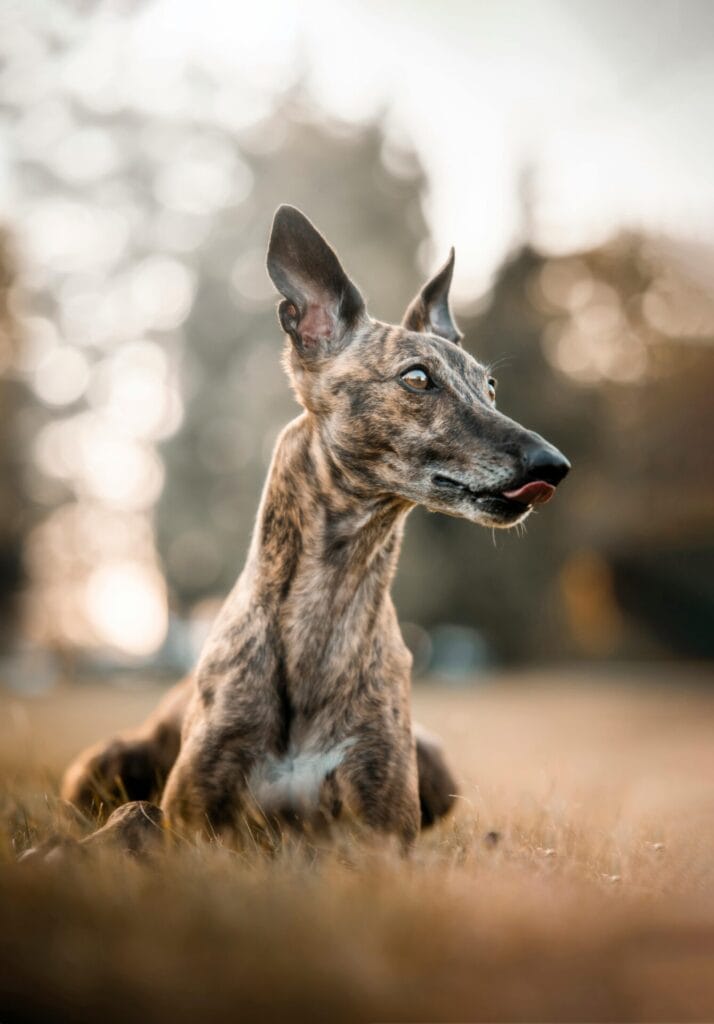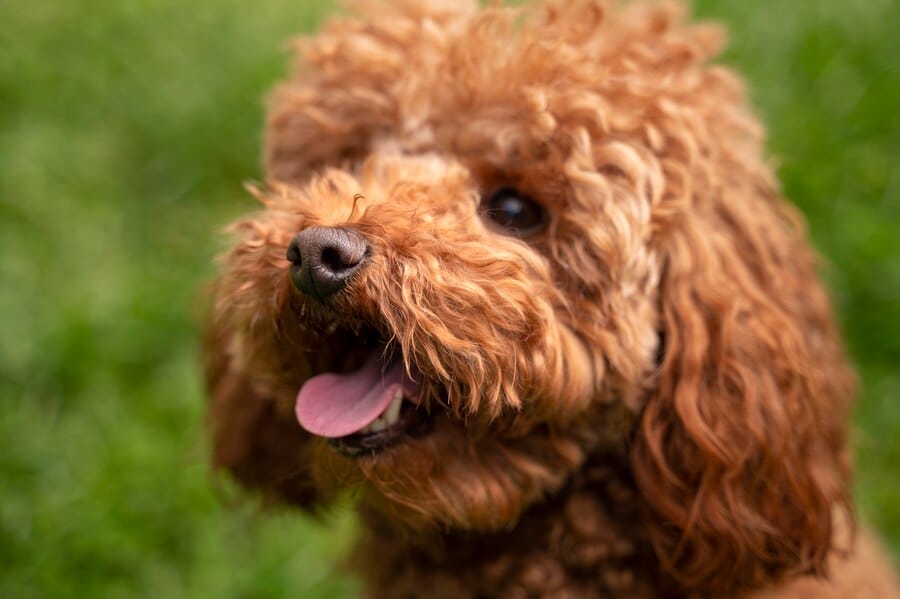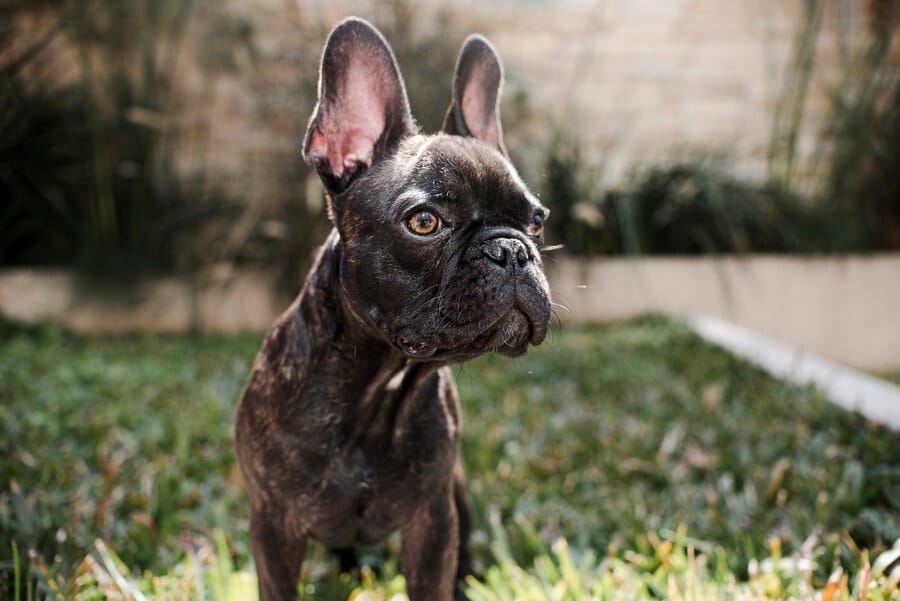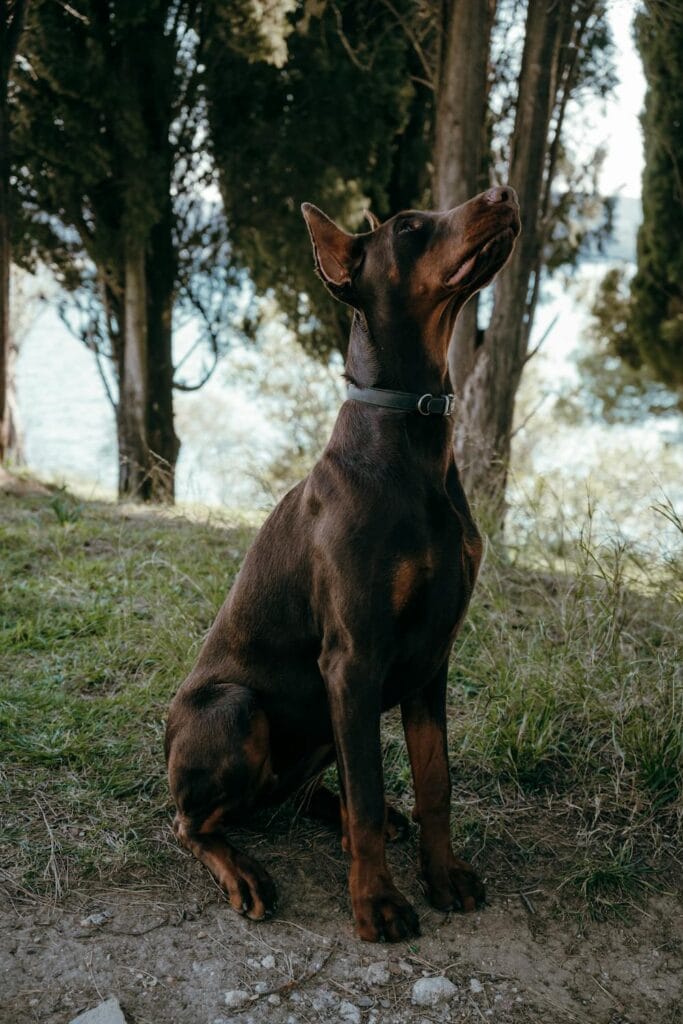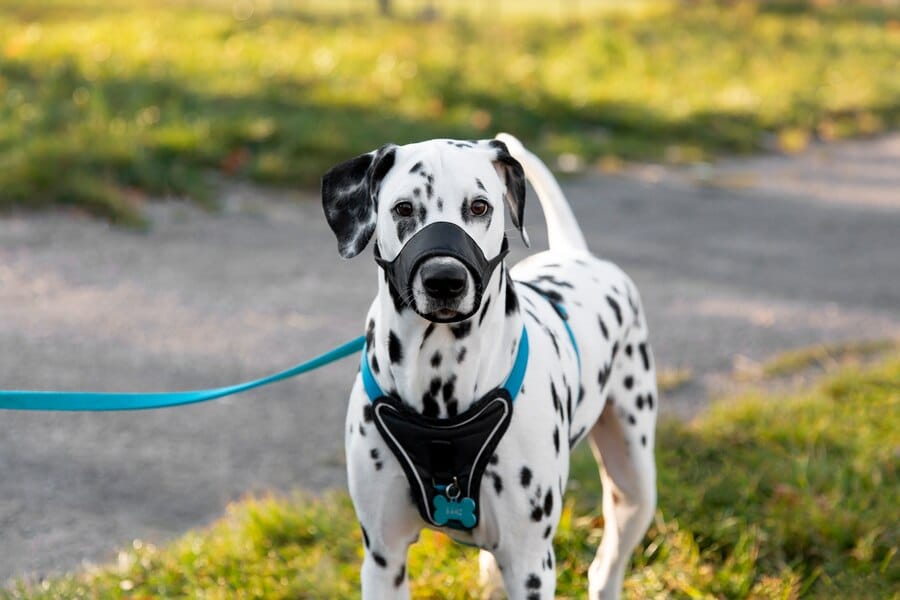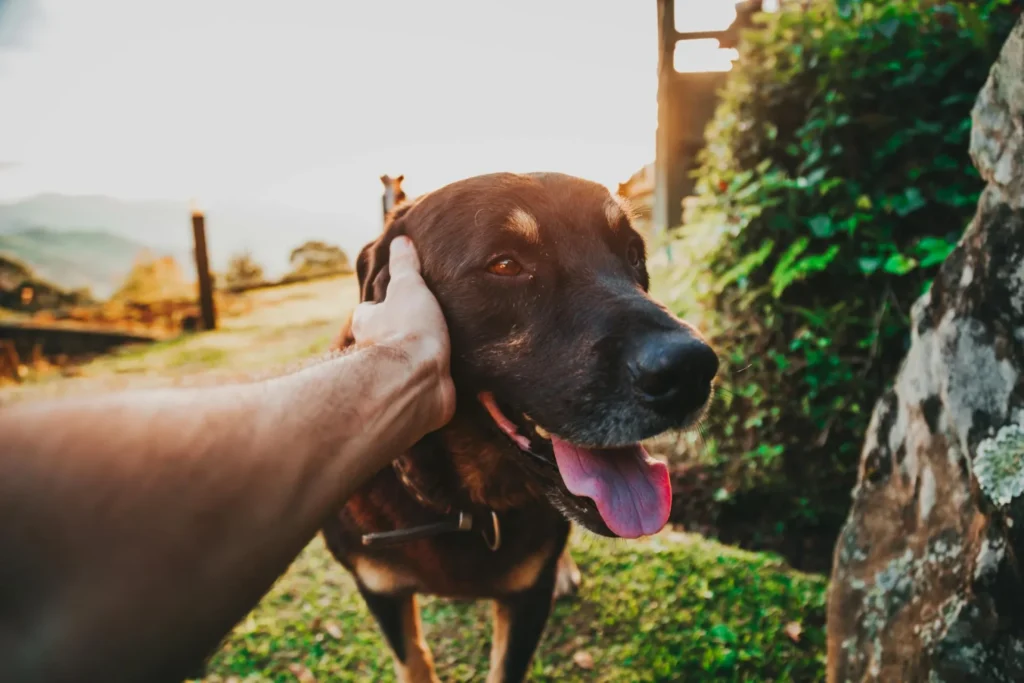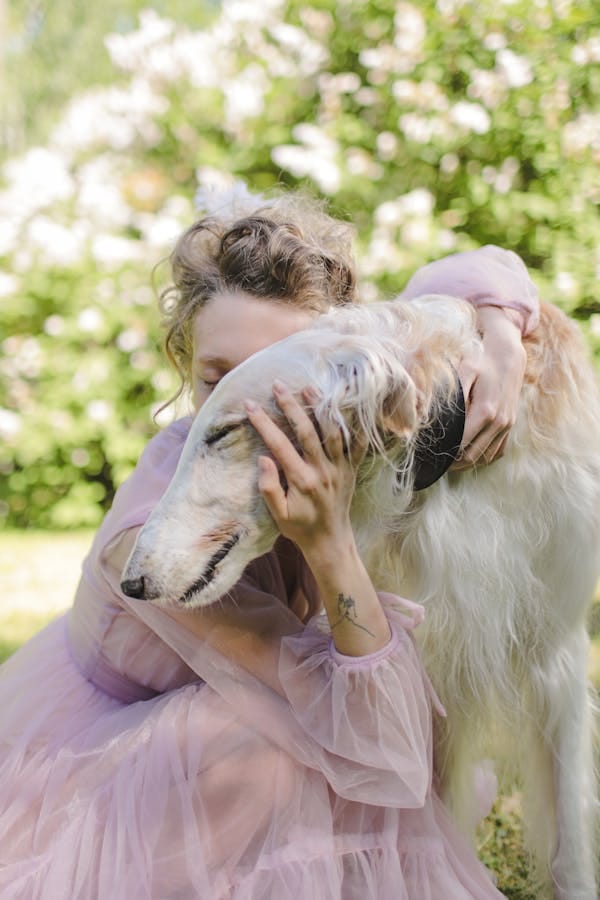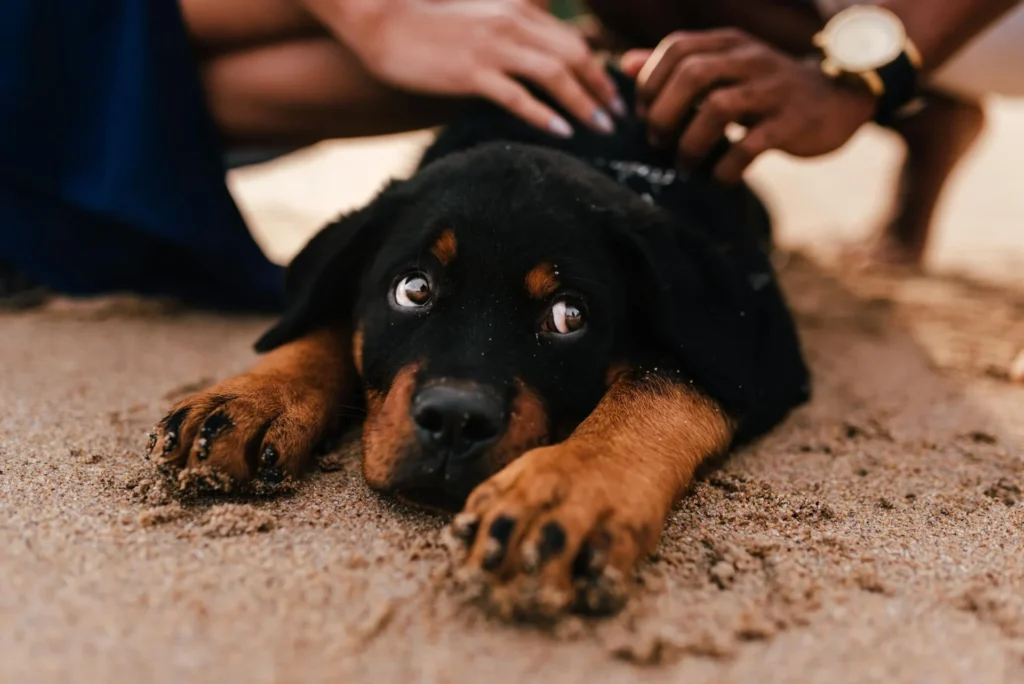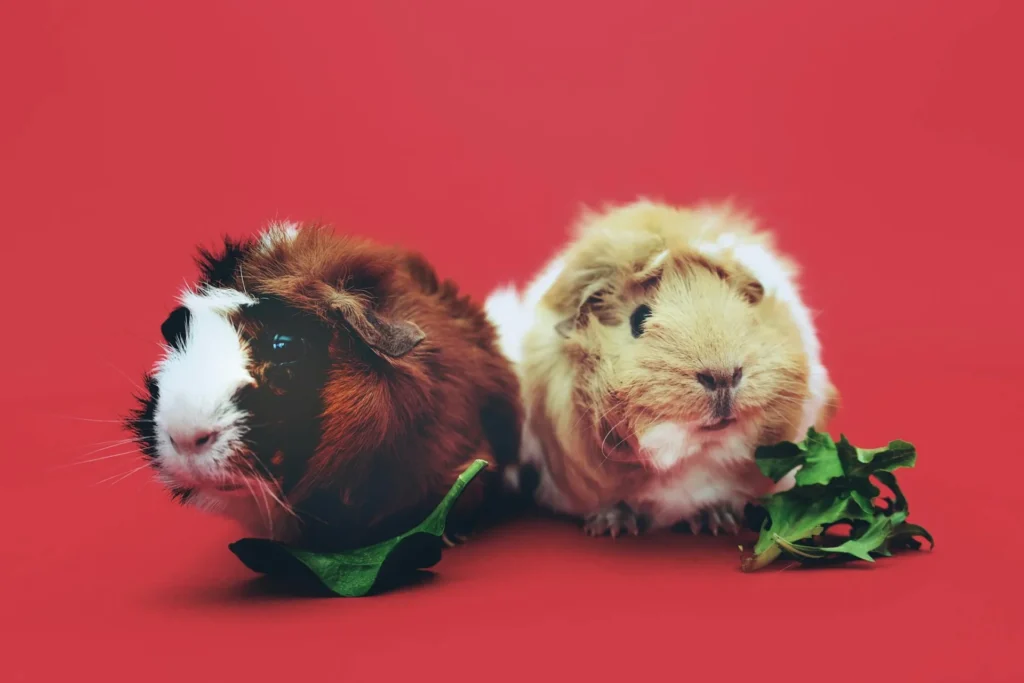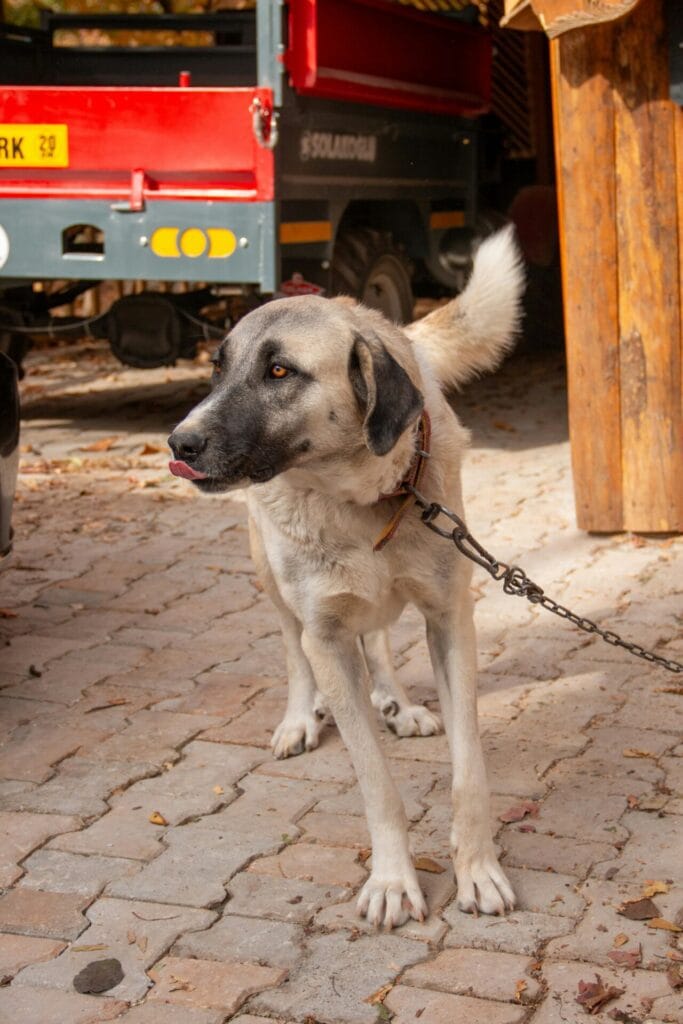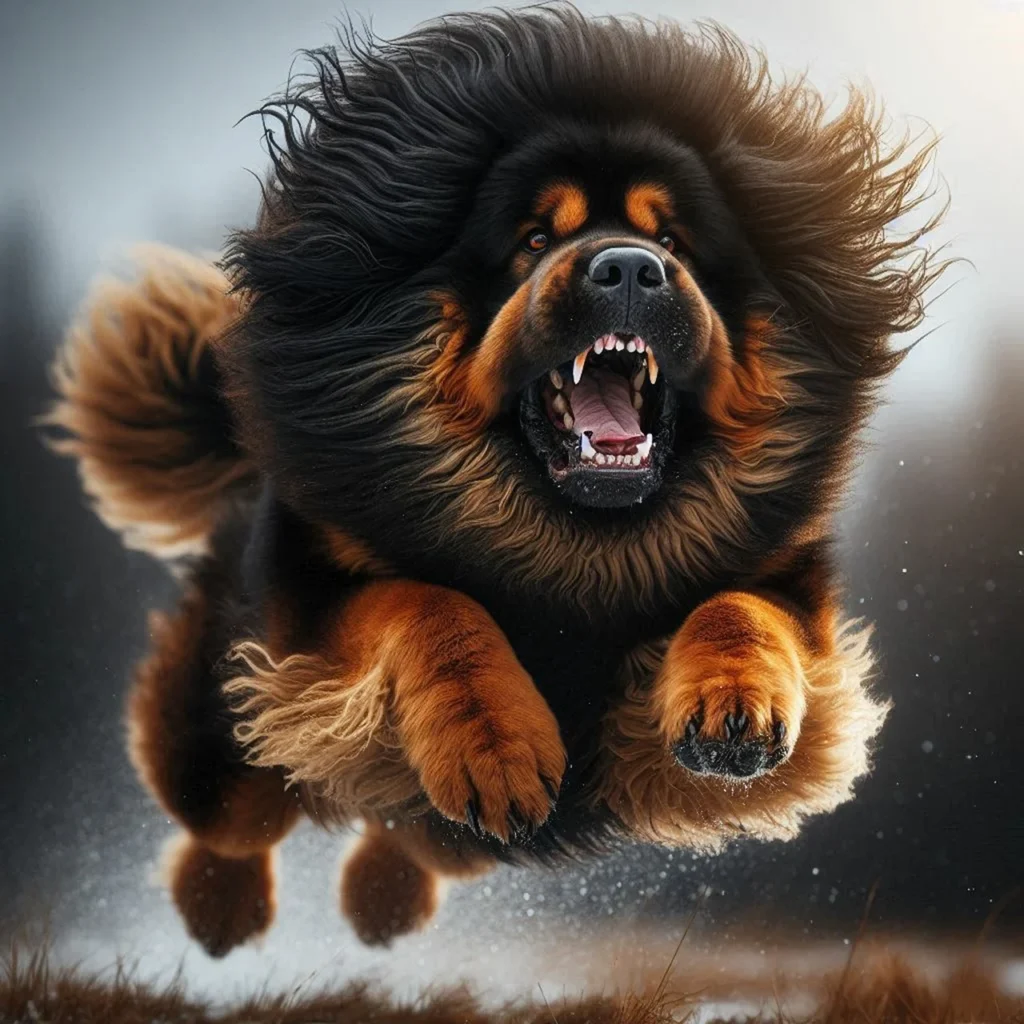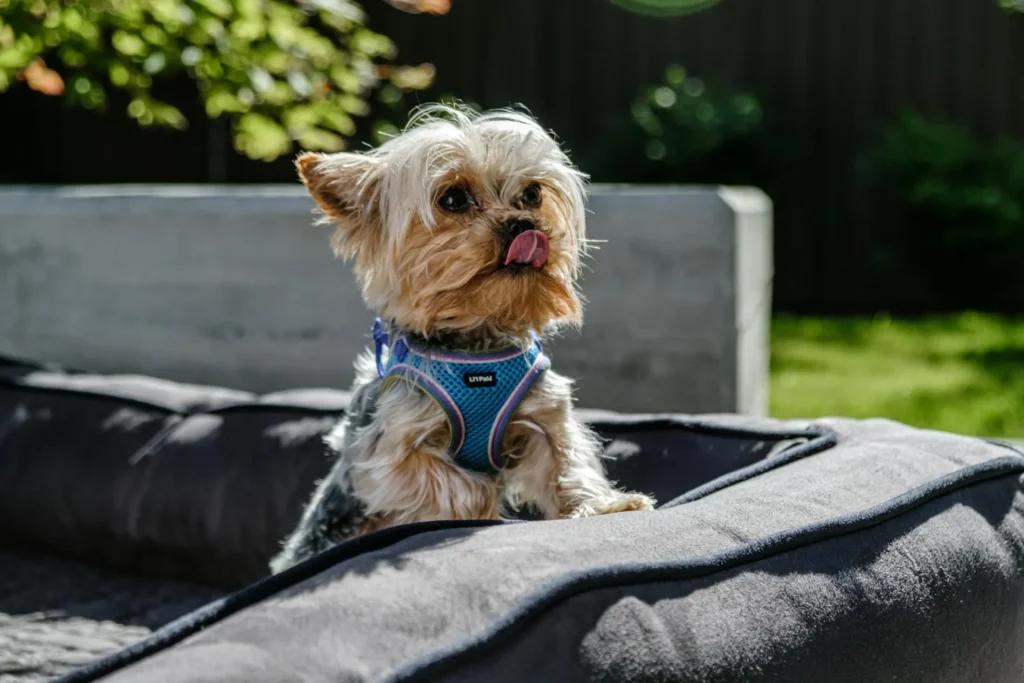- Introduction: Unraveling the Mystery of Pomeranian Bites 🕵️♀️
- Will a Pomeranian Dog Bite? The Truth Unveiled 🧐
- Is a Pomeranian Bite Dangerous? Assessing the Risk 🚨
- Do Pomeranians Bite Strangers? Understanding Their Reactions 👥
- Does a Pomeranian Bite Hurt? Pain Level and Recovery 🤕
- Pomeranian Aggressive Biting: When Nips Turn Serious 😠
- Pomeranian Bite Marks: Identifying and Treating 🔍
- Pomeranian Bite Force: Small But Mighty? 💪
- When Do Pomeranians Bite? Recognizing Triggers and Warning Signs 🚦
- Causes of Pomeranian Biting: Unraveling the Root of the Problem 🌱
- Consequences of Pomeranian Bites: More Than Just a Nip 😬
- Solutions: How to stop Pomeranians from Biting 🛠️
- 1. Early Socialization 🐾
- 2. Positive Reinforcement Training 🎓
- 3. Proper Exercise and Mental Stimulation 🏃♀️
- 4. Teaching Bite Inhibition 🦷
- 5. Recognizing and Respecting Body Language 🚦
- 6. Proper Handling and Touching 🤗
- 7. Managing Environmental Triggers 🏠
- 8. Professional Help 👨⚕️
- 9. Health Check-ups 🏥
- 10. Proper Nutrition 🍖
- The Meaning Behind Pomeranian Bites: Decoding Canine Communication 🗣️
- FAQs About Pomeranian Bites 🤔
- Conclusion: Embracing Responsible Pomeranian Ownership 🏆
Introduction: Unraveling the Mystery of Pomeranian Bites 🕵️♀️
Pomeranians, those adorable fluffballs with fox-like faces and spirited personalities, have captured hearts worldwide. But beneath all that cuteness lies a question that many potential and current Pom parents ponder: Will a Pomeranian bite? And if they do, how serious is it?
In this comprehensive guide, we’ll dive deep into the world of Pomeranian bites, covering everything from the likelihood of a bite to the potential dangers, causes, and solutions. Whether you’re a seasoned Pom owner or considering bringing one of these adorable pooches into your life, this article will equip you with the knowledge to understand and manage Pomeranian biting behavior.
So, let’s sink our teeth into this topic and uncover the truth about Pomeranian bites! 🦷🔍
Will a Pomeranian Dog Bite? The Truth Unveiled 🧐
Let’s address the burning question right off the bat: Will a Pomeranian dog bite? The short answer is:
Yes, Pomeranians can bite, but they’re not inherently more likely to bite than any other dog breed.
However, this simple answer doesn’t tell the whole story. Let’s break it down further:
Factors Influencing Pomeranian Biting Behavior
- Individual Temperament: Each Pom has a unique personality.
- Training and Socialization: Well-trained Poms are less likely to bite.
- Circumstances: Even the sweetest Pom might bite if scared or in pain.
- Age: Puppies often nip during teething, while seniors might bite due to confusion.
The Pomeranian Bite Scale
To put things in perspective, let’s look at how Pomeranians compare to other breeds in terms of bite likelihood:
| Breed | Bite Likelihood (1-10) |
|---|---|
| Pomeranian | 3-4 |
| Chihuahua | 5-6 |
| Labrador Retriever | 2-3 |
| German Shepherd | 4-5 |
Note: This scale is based on general observations and can vary based on individual dogs and circumstances.
Is a Pomeranian Bite Dangerous? Assessing the Risk 🚨
Now that we know Pomeranians can bite, the next logical question is: How dangerous is a Pomeranian bite? Let’s break it down:
The Good News: Pomeranian Bites Are Generally Not Severe
Due to their small size, Pomeranian bites are typically less severe than bites from larger breeds. Here’s why:
- Small Jaw Size: Poms have tiny mouths, limiting bite force.
- Short Teeth: Their teeth are smaller than those of larger breeds.
- Less Body Weight: They can’t put as much force behind a bite.
Potential Risks of Pomeranian Bites
While generally not severe, Pomeranian bites can still pose some risks:
- Skin Punctures: Their sharp teeth can break skin.
- Infections: Any dog bite can lead to infection if not properly cleaned.
- Emotional Trauma: Especially for children or those afraid of dogs.
Comparing Pomeranian Bites to Other Breeds
To put things in perspective, let’s compare the average bite force of Pomeranians to other breeds:
| Breed | Average Bite Force (PSI) |
|---|---|
| Pomeranian | 150-200 |
| Labrador Retriever | 230-235 |
| German Shepherd | 238 |
| Rottweiler | 328 |
As you can see, Pomeranians have a significantly lower bite force compared to larger breeds.
Do Pomeranians Bite Strangers? Understanding Their Reactions 👥
Pomeranians, like all dogs, can potentially bite strangers, but it’s not a common occurrence when they’re well-socialized. Let’s explore this further:
Factors Influencing a Pomeranian’s Reaction to Strangers
- Socialization: Well-socialized Poms are less likely to bite strangers.
- Past Experiences: Negative experiences can make them wary of strangers.
- Protection Instinct: Some Poms may bite to protect their owners.
- Fear or Anxiety: Unfamiliar people can trigger fear responses.
How to Introduce Your Pomeranian to Strangers Safely
- Controlled Introductions: Supervise all interactions with new people.
- Positive Reinforcement: Reward calm behavior around strangers.
- Read Body Language: Look for signs of discomfort in your Pom.
- Give Them Space: Allow your Pom to approach strangers on their own terms.
Remember, while Pomeranians aren’t typically aggressive towards strangers, it’s always best to err on the side of caution and introduce new people gradually.
Does a Pomeranian Bite Hurt? Pain Level and Recovery 🤕
If you’ve ever wondered about the pain level of a Pomeranian bite, you’re not alone. Let’s break it down:
Pain Level of a Pomeranian Bite
On a scale of 1-10, with 10 being the most painful:
A typical Pomeranian bite would rate around 2-4 for an adult.
Factors influencing pain level:
- Force of the Bite: Poms have less jaw strength than larger breeds.
- Location of the Bite: Bites on sensitive areas may hurt more.
- Individual Pain Tolerance: What’s painful for one person might be tolerable for another.
Recovery from a Pomeranian Bite
Most Pomeranian bites heal quickly due to their small size. Here’s a typical recovery timeline:
- Immediate: Clean the wound thoroughly with soap and water.
- 24-48 Hours: Keep the wound clean and covered. Watch for signs of infection.
- 3-5 Days: Most minor bites will be well on their way to healing.
- 1-2 Weeks: Complete healing for most Pomeranian bites.
Always consult a healthcare professional for proper treatment, especially if the skin is broken.
Pomeranian Aggressive Biting: When Nips Turn Serious 😠
While most Pomeranian bites are relatively mild, some Poms may develop more aggressive biting behaviors. Let’s explore this issue:
Signs of Aggressive Biting in Pomeranians
- Growling or Snarling: Vocalizations before or during biting.
- Lunging: Sudden movements towards the target.
- Repeated Biting: Multiple bites in quick succession.
- Unprovoked Attacks: Biting without clear triggers.
Causes of Aggressive Biting in Pomeranians
- Fear or Anxiety: Often the root cause of aggression.
- Pain or Illness: Medical issues can lead to defensive biting.
- Lack of Socialization: Poor early experiences can lead to fear-based aggression.
- Resource Guarding: Protecting food, toys, or people.
- Dominance Issues: Attempting to assert control.
Addressing Aggressive Biting in Pomeranians
- Veterinary Check-up: Rule out medical causes.
- Professional Training: Work with a certified dog behaviorist.
- Desensitization: Gradually expose your Pom to triggers in a controlled manner.
- Positive Reinforcement: Reward non-aggressive behaviors.
- Avoid Punishment: This can increase fear and aggression.
Remember, aggressive biting is a serious issue that requires professional intervention. Don’t hesitate to seek help if your Pom shows signs of aggression.
Pomeranian Bite Marks: Identifying and Treating 🔍
Understanding what a Pomeranian bite mark looks like can help you assess the severity and decide on the appropriate treatment. Let’s dive in:
Characteristics of a Pomeranian Bite Mark
- Size: Small, typically less than 1 cm in diameter.
- Shape: Often a U-shaped or V-shaped indentation.
- Depth: Usually shallow due to their small teeth.
- Number of Marks: May see individual tooth marks or a full bite impression.
Types of Pomeranian Bite Marks
- Surface Scratches: Redness without breaking the skin.
- Puncture Wounds: Small, deep holes from canine teeth.
- Tear Wounds: Rare, but can occur if the Pom bites and pulls.
- Bruising: May appear around the bite area.
Treating Pomeranian Bite Marks
- Clean the Wound: Use soap and water or an antiseptic solution.
- Apply Antibiotic Ointment: To prevent infection.
- Bandage if Necessary: For deeper bites or continued bleeding.
- Monitor for Infection: Watch for redness, swelling, or pus.
- Seek Medical Attention: For deep bites or signs of infection.
Always take bite wounds seriously, even if they seem minor. Proper care can prevent complications.
Pomeranian Bite Force: Small But Mighty? 💪
While Pomeranians are tiny, they can still pack a punch with their bite. Let’s explore the science behind Pomeranian bite force:
Understanding Bite Force
Bite force is measured in pounds per square inch (PSI). Factors affecting bite force include:
- Jaw Muscle Strength: Determines how hard a dog can clamp down.
- Jaw Structure: The shape and size of the jaw affect bite strength.
- Tooth Sharpness: Sharper teeth can exert more pressure.
Pomeranian Bite Force Compared to Other Breeds
| Breed | Average Bite Force (PSI) |
|---|---|
| Pomeranian | 150-200 |
| Human | 120-140 |
| Labrador Retriever | 230-235 |
| Rottweiler | 328 |
As you can see, while Pomeranians have a lower bite force than larger breeds, it’s still comparable to or even slightly higher than an average human bite!
Factors Influencing Pomeranian Bite Force
- Age: Adult Poms generally have stronger bites than puppies or seniors.
- Health: Dental issues can affect bite strength.
- Individual Variation: Some Poms may naturally have stronger jaws than others.
Remember, while knowing about bite force is interesting, it’s more important to focus on training and socialization to prevent biting in the first place.
When Do Pomeranians Bite? Recognizing Triggers and Warning Signs 🚦
Understanding when and why Pomeranians might bite is crucial for prevention. Let’s explore common triggers and warning signs:
Common Situations That May Trigger Biting
- Fear or Anxiety: Unfamiliar people, loud noises, or new environments.
- Pain or Discomfort: Illness, injury, or being touched in sensitive areas.
- Resource Guarding: Protecting food, toys, or favorite people.
- Overstimulation: Too much petting or play can lead to nipping.
- Territorial Behavior: Defending their space or owner.
Warning Signs to Watch For
Pomeranians usually give warning signs before resorting to biting:
- Growling or Snarling: Vocalizations to express discomfort.
- Showing Teeth: A clear sign of aggression or fear.
- Raised Hackles: Fur standing up along the back.
- Whale Eye: Showing the whites of their eyes.
- Body Stiffening: Suddenly becoming very still.
- Tail Position: Tucked under or held very stiff and high.
The Pomeranian Bite Escalation Ladder
- Avoidance: Trying to move away from the trigger.
- Subtle Warnings: Lip licking, yawning, or looking away.
- More Obvious Signs: Growling, showing teeth.
- Snapping or Air Biting: Biting without making contact.
- Actual Bite: Making contact with teeth.
Understanding this escalation can help you intervene before a bite occurs.
Causes of Pomeranian Biting: Unraveling the Root of the Problem 🌱
To effectively address biting behavior in Pomeranians, it’s crucial to understand the underlying causes. Let’s explore the most common reasons why Pomeranians might bite:
1. Fear and Anxiety 😨
- Triggers: Loud noises, unfamiliar people or animals, new environments.
- Signs: Trembling, hiding, excessive barking, or aggressive displays.
- Solution: Gradual desensitization and positive reinforcement training.
2. Pain or Illness 🤒
- Triggers: Being touched in sore areas, general discomfort from illness.
- Signs: Changes in behavior, lethargy, loss of appetite.
- Solution: Regular veterinary check-ups and prompt attention to health issues.
3. Lack of Socialization 🐾
- Triggers: Exposure to new people, animals, or situations.
- Signs: Fearful or aggressive reactions to normal stimuli.
- Solution: Early and ongoing socialization with positive experiences.
4. Resource Guarding 🦴
- Triggers: Perceived threats to food, toys, or favorite people.
- Signs: Growling, snapping when approached while possessing valued items.
- Solution: Training to build trust and teaching “leave it” and “drop it” commands.
5. Overstimulation 🎉
- Triggers: Prolonged petting, excited play, or overwhelming situations.
- Signs: Sudden nipping or biting during previously enjoyable activities.
- Solution: Recognizing signs of overstimulation and providing calming breaks.
6. Territorial Behavior 🏠
- Triggers: Perceived intrusions into the Pom’s space or threats to their family.
- Signs: Aggressive displays towards visitors or passersby.
- Solution: Controlled introductions and teaching appropriate greeting behaviors.
7. Learned Behavior 🎓
- Triggers: Situations where biting has been inadvertently rewarded in the past.
- Signs: Consistent biting in specific scenarios.
- Solution: Identifying and eliminating unintentional rewards for biting.
8. Teething (in Puppies) 🦷
- Triggers: Discomfort from emerging teeth.
- Signs: Excessive chewing, especially on hands or furniture.
- Solution: Providing appropriate chew toys and teaching bite inhibition.
Understanding these causes is the first step in addressing biting behavior. Always consult with a professional dog trainer or behaviorist for personalized advice.
Consequences of Pomeranian Bites: More Than Just a Nip 😬
While Pomeranian bites are generally less severe than those from larger breeds, they can still have significant consequences. Let’s explore the potential outcomes of a Pomeranian bite:
Physical Consequences 🩹
- Minor Injuries: Scratches, bruises, or small puncture wounds.
- Infections: Any break in the skin can lead to bacterial infections.
- Scarring: Though rare, deep bites may leave small scars.
- Nerve Damage: In very rare cases, bites to sensitive areas could cause nerve issues.
Emotional and Psychological Consequences 🧠
- Fear of Dogs: Especially in children or those with pre-existing dog anxiety.
- Reduced Trust: Can strain the relationship between the Pom and its owner.
- Anxiety: May cause stress when around other dogs.
- Guilt: Owners may feel responsible, leading to emotional distress.
Legal Consequences ⚖️
- Liability: Owners may be held responsible for injuries caused by their Pom.
- Fines: Some areas impose fines for dog bites, even from small breeds.
- Mandatory Reporting: Many regions require reporting of all dog bites.
- Potential Euthanasia: In extreme cases of repeated aggression.
Social Consequences 👥
- Strained Relationships: Friends or family may be wary of visiting.
- Public Perception: May reinforce negative stereotypes about small dogs.
- Restrictions: Some housing complexes or public spaces may restrict dogs with bite histories.
- Social Isolation: Owners may avoid social situations to prevent biting incidents.
Financial Consequences 💰
- Medical Bills: Treatment for bite wounds, even minor ones, can be costly.
- Training Costs: Professional behavior modification can be expensive.
- Increased Insurance Premiums: Home insurance rates may rise after a reported bite.
- Legal Fees: In case of lawsuits resulting from a bite incident.
Understanding these consequences highlights the importance of prevention and proper training for Pomeranians.
Solutions: How to stop Pomeranians from Biting 🛠️
Now that we’ve explored the causes and consequences of Pomeranian bites, let’s dive into effective solutions to prevent and manage this behavior:
1. Early Socialization 🐾
- Why: Exposes puppies to various people, animals, and situations, reducing fear-based biting.
- How: Introduce your Pom to new experiences gradually and positively from 3-16 weeks of age.
- When: Start as early as possible, continuing throughout their life.
2. Positive Reinforcement Training 🎓
- Why: Encourages good behavior and builds a strong bond with your Pom.
- How: Reward desired behaviors with treats, praise, or play.
- When: Begin in puppyhood and continue throughout their life.
3. Proper Exercise and Mental Stimulation 🏃♀️
- Why: Reduces stress and boredom-related biting.
- How: Regular walks, play sessions, and puzzle toys.
- When: Daily, adjusted to your Pom’s age and energy level.
4. Teaching Bite Inhibition 🦷
- Why: Helps Poms learn to control the force of their bite.
- How: Yelp or say “ouch” when they bite too hard during play, then briefly stop interaction.
- When: Start in puppyhood, but can be taught to adult dogs too.
5. Recognizing and Respecting Body Language 🚦
- Why: Allows you to intervene before a bite occurs.
- How: Learn to recognize signs of stress, fear, or discomfort in your Pom.
- When: Always be observant of your dog’s body language.
6. Proper Handling and Touching 🤗
- Why: Prevents bites triggered by discomfort or pain.
- How: Teach your Pom to enjoy handling through positive associations.
- When: Start in puppyhood, practice regularly throughout life.
7. Managing Environmental Triggers 🏠
- Why: Reduces stress-induced biting.
- How: Identify what triggers your Pom’s biting and manage or eliminate these triggers.
- When: Ongoing, adjusting as you learn more about your Pom’s triggers.
8. Professional Help 👨⚕️
- Why: Addresses complex or persistent biting issues.
- How: Consult a certified dog behaviorist or trainer.
- When: If biting persists despite your efforts, or for any aggressive biting.
9. Health Check-ups 🏥
- Why: Rules out medical causes of biting.
- How: Regular veterinary examinations.
- When: Annual check-ups, or immediately if biting behavior suddenly appears.
10. Proper Nutrition 🍖
- Why: Poor nutrition can lead to irritability and biting.
- How: Provide a balanced diet appropriate for your Pom’s age and health status.
- When: Consistently throughout their life.
Remember, consistency is key when implementing these solutions. It may take time, but with patience and persistence, most Pomeranian biting issues can be successfully managed.
The Meaning Behind Pomeranian Bites: Decoding Canine Communication 🗣️
Understanding why Pomeranians bite goes beyond just preventing the behavior. It’s about decoding their unique form of communication. Let’s explore what different types of bites might mean:
1. Playful Nipping 🎭
- Meaning: “I’m having fun!” or “Play with me!”
- Characteristics: Gentle, doesn’t break skin, often accompanied by playful body language.
- Response: Redirect to appropriate toys, teach bite inhibition.
2. Fear Biting 😨
- Meaning: “I’m scared, please back off!”
- Characteristics: Often quick and accompanied by fearful body language.
- Response: Remove the source of fear, work on confidence-building and desensitization.
3. Warning Bite ⚠️
- Meaning: “This is your last warning before a real bite!”
- Characteristics: Usually doesn’t break skin, may be preceded by growling or snapping.
- Response: Immediately stop what you’re doing, give the dog space.
4. Pain-Induced Bite 🤕
- Meaning: “Ouch! That hurts!”
- Characteristics: Often sudden and in response to being touched in a sensitive area.
- Response: Stop touching the area, consult a veterinarian.
5. Territorial Bite 🏠
- Meaning: “This is my space, stay away!”
- Characteristics: Often directed at strangers or new animals entering the home.
- Response: Manage introductions carefully, work on territorial behavior with a professional.
6. Resource Guarding Bite 🦴
- Meaning: “This is mine, don’t try to take it!”
- Characteristics: Occurs when approaching the dog’s food, toys, or favorite people.
- Response: Work with a professional to teach the dog to willingly give up resources.
7. Redirect
ed Bite 🔄
- Meaning: “I’m frustrated and you’re the closest target!”
- Characteristics: Occurs when the dog is aroused by something else but bites the nearest person or animal.
- Response: Identify and manage the source of frustration, teach calming techniques.
Understanding these meanings can help you respond appropriately and work towards preventing future bites.
FAQs About Pomeranian Bites 🤔
Let’s address some common questions about Pomeranian biting behavior:
Q: Are Pomeranians more likely to bite than other breeds?
A: No, Pomeranians are not inherently more likely to bite than other breeds. Any dog can bite if provoked or not properly trained.
Q: Can Pomeranian bites cause rabies?
A: While any mammal can potentially transmit rabies, it’s extremely rare in vaccinated pets. Keep your Pom’s vaccinations up to date to prevent this risk.
Q: How do I stop my Pomeranian puppy from biting during play?
A: Teach bite inhibition by yelping when they bite too hard and temporarily stopping play. Redirect to appropriate chew toys.
Q: Should I punish my Pomeranian for biting?
A: No, punishment can increase fear and aggression. Instead, focus on positive reinforcement for good behavior and addressing the root cause of biting.
Q: Can adult Pomeranians learn not to bite?
A: Yes, with patience and consistent training, adult Pomeranians can learn to control biting behavior.
Q: How do I introduce my Pomeranian to children to prevent biting?
A: Supervise all interactions, teach children how to properly interact with dogs, and introduce them gradually in a controlled environment.
Q: What should I do if my Pomeranian bites a stranger?
A: Secure your dog, attend to the bite victim, exchange contact information, and report the bite as required by local laws.
Q: Can spaying or neutering reduce biting behavior in Pomeranians?
A: It may help reduce some types of aggression, but it’s not a cure-all. Training and proper socialization are still crucial.
Conclusion: Embracing Responsible Pomeranian Ownership 🏆
As we’ve explored the world of Pomeranian bites, from their causes and consequences to prevention and management, one thing becomes clear: knowledge is power. Understanding why Pomeranians might bite, recognizing the signs, and knowing how to respond can make all the difference in creating a harmonious relationship with your fluffy friend.
Remember, while Pomeranians are generally loving and loyal companions, they’re also complex beings with their own ways of communicating. By respecting their boundaries, providing proper training and socialization, and addressing any issues promptly, you can minimize the risk of biting incidents and enjoy a wonderful life with your Pom.
Whether you’re a seasoned Pom parent or considering bringing one of these adorable furballs into your life, remember that responsible ownership is key. With patience, understanding, and the right approach, you can ensure that your Pomeranian’s bite remains firmly in the realm of playful nibbles rather than serious nips.
Here’s to happy, healthy, and bite-free days with your beloved Pomeranian! 🐾💖

